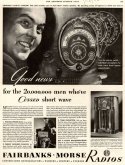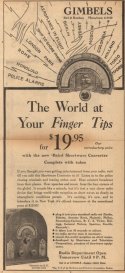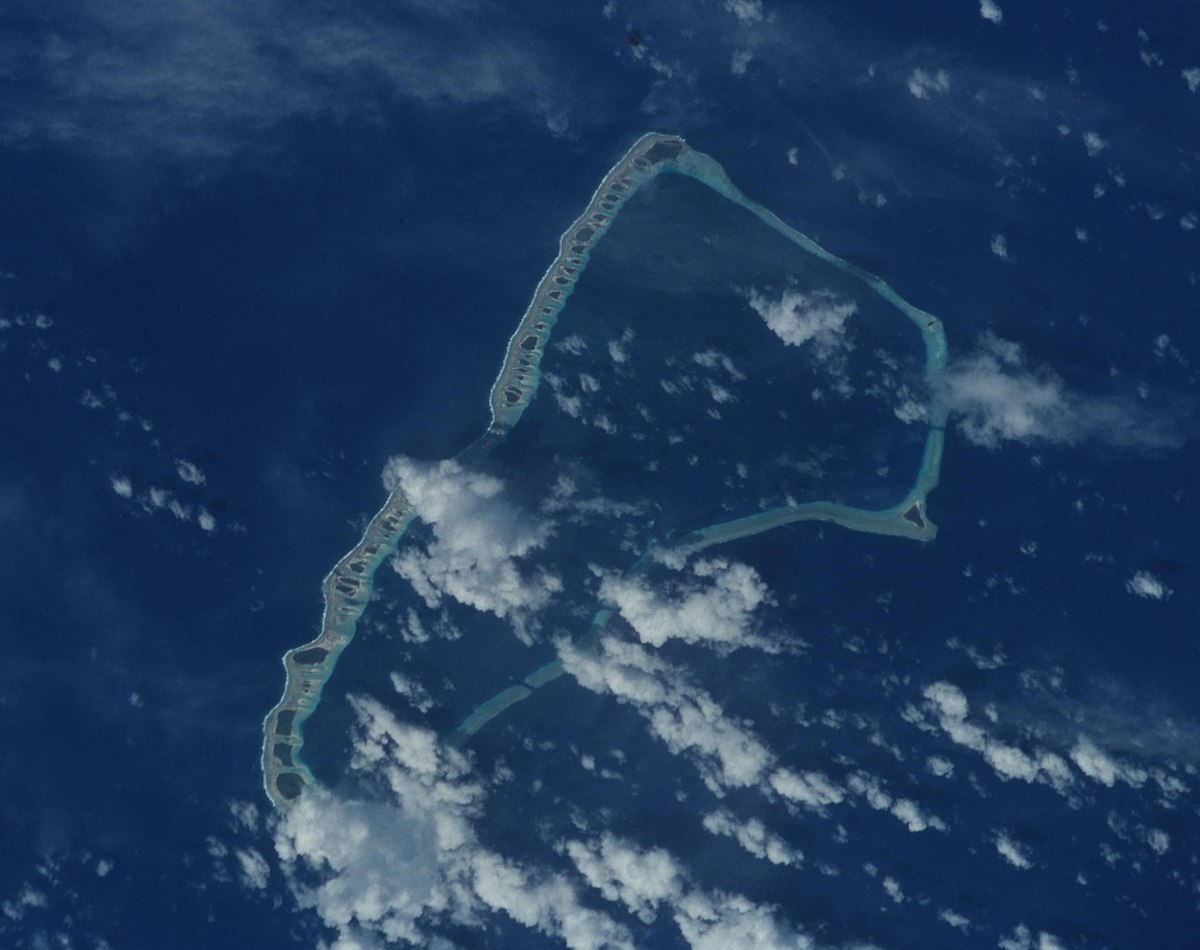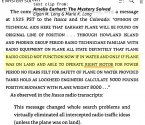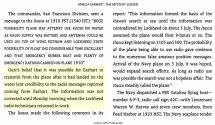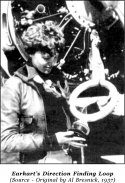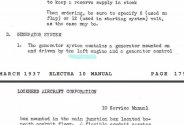Richard, that's an admirable summary--and you know my respect for your opinions is unchanged by the fact that I entirely disagree with some of them.

It is well-documented that the Electra's radio could only have worked if the right-hand engine were undamaged and running--not possible in a water landing, say the experts (i'll attach) and not possible if the right prop/engine were damaged in landing on a beach.
As you say, AE was certainly carrying out a search procedure when she and FN decided they had missed Howland. What they were searching for was almost certainly Howland, IMO, because we know they were "skosh fuel" and couldn't have made it to Gardner, even IF AE thought they could find it despite that being vastly farther from their dead reckoning certainty than Howland--again, IMO and I'm not a pilot. I respect your experience on that.
But I do have literally thousands of hours of shortwave radio experience starting around 1965, including routinely working from North Carolina into Aus/NZ/Tahiti/etc with 5 watts or less of transmitter power (Morse, obviously, using a mix of storebought and homemade gear.) Based on that experience, I believe Bellart's radio log shows beyond question that AE went in the water very shortly after her last radio transmission.
Paul Rafford, an old Pan-Am radio man and AE crewmember briefly, thinks AE's radio issues were deliberate, not due to her well-established lack of even basic radio protocols (she was chewed out on landing in Australia for just that, in fact.) He thinks, IIRC, that she was on a secret mission. To each his own; maybe that tinfoil helmet *does* help thought. Rafford's book on the subject DOES have a nice summary of why almost ALL of the RDF "hits" post-crash, outside the immediate Howland area, were meaningless.
You're certainly aware that the Electra's radioi transmitter, feedline, and antenna would have been tuned for the primary frequency, vastly diminishing any harmonic radiation--which is something radios and feedlines and antennas are designed to suppress below noticeable levels. Yes, a harmonic making it to the USA is just barely possible--but it beggars belief, IMO, that an AM voice signal at 50 watts would produce a harmonic on 15mHz strong enough to be heard that far away, much less copied so plainly by an emotionally disturbed girl fantasizing in front of her radio. And if the harmonic HAD been that strong, others WOULD have heard it, again IMO but it's a hill I'd be crippled on, if not a hill I'd die on.

*ETA: AM voice is extremely inefficient; I can work Australia on 1 watt of Morse code with difficulty when 100 watts of AM voice would be entirely insufficient. The idea that an AM voice signal on a harmonic would be that plainly readable under those circumstances is IMO absolute poppycock, and you can tell the TIGHAR people they're full of baloney on that point.
Again, we clearly reach some differing conclusions based on the same set of data. My father-in-law, a West Pointer, AF pilot, and a judge after retirement, was one of the smartest men I've known--except on the JFK issue. "Reasonable minds may differ."

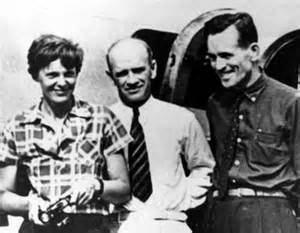
earharttruth.wordpress.com


